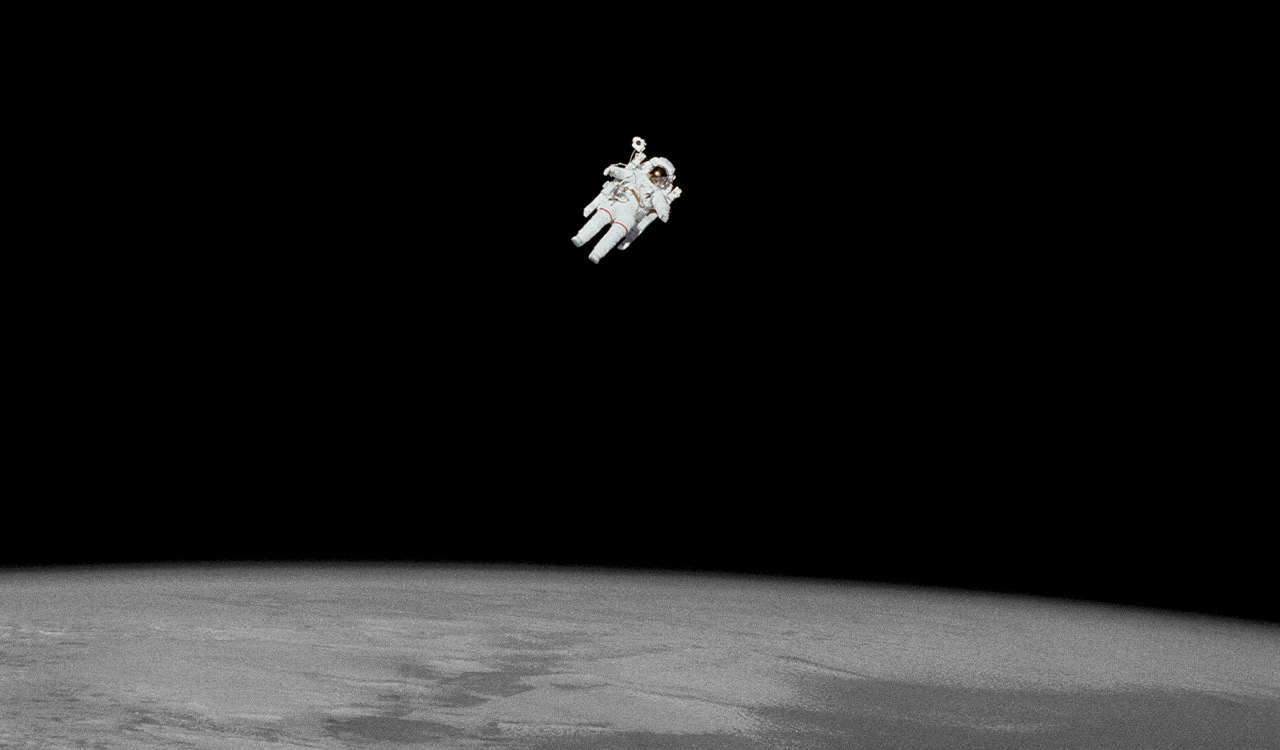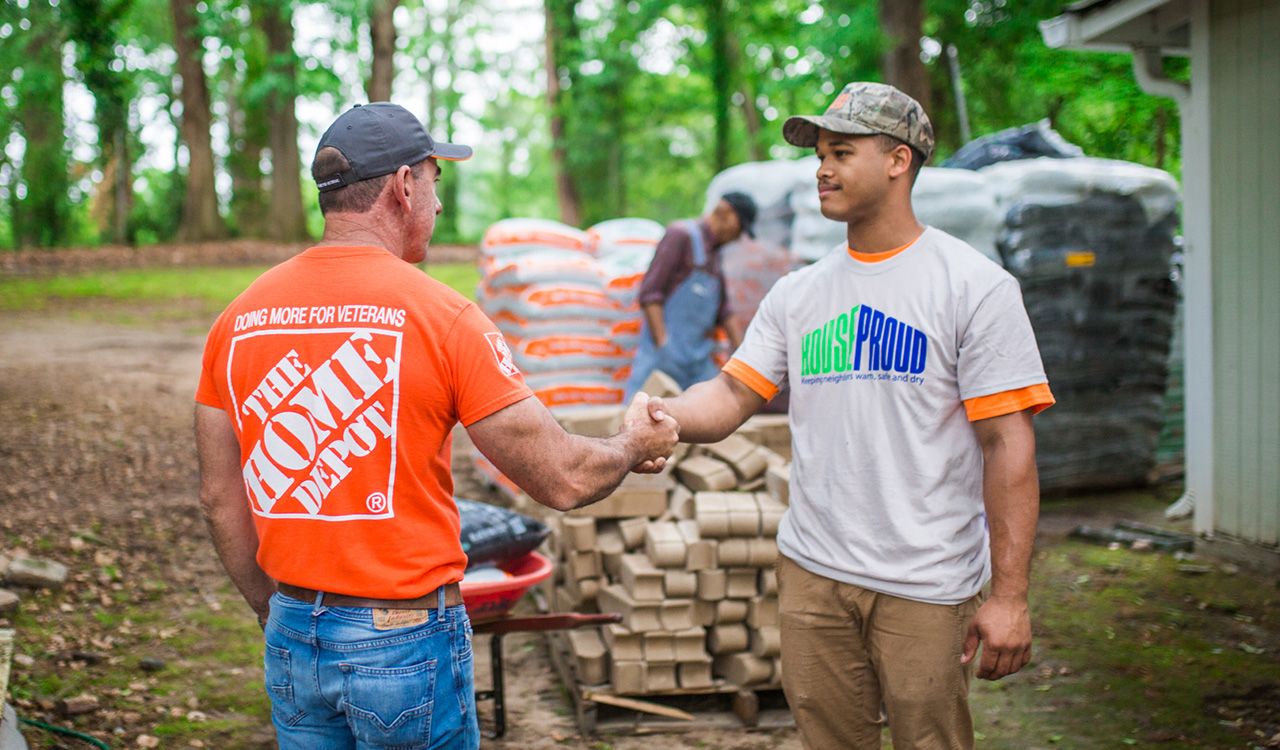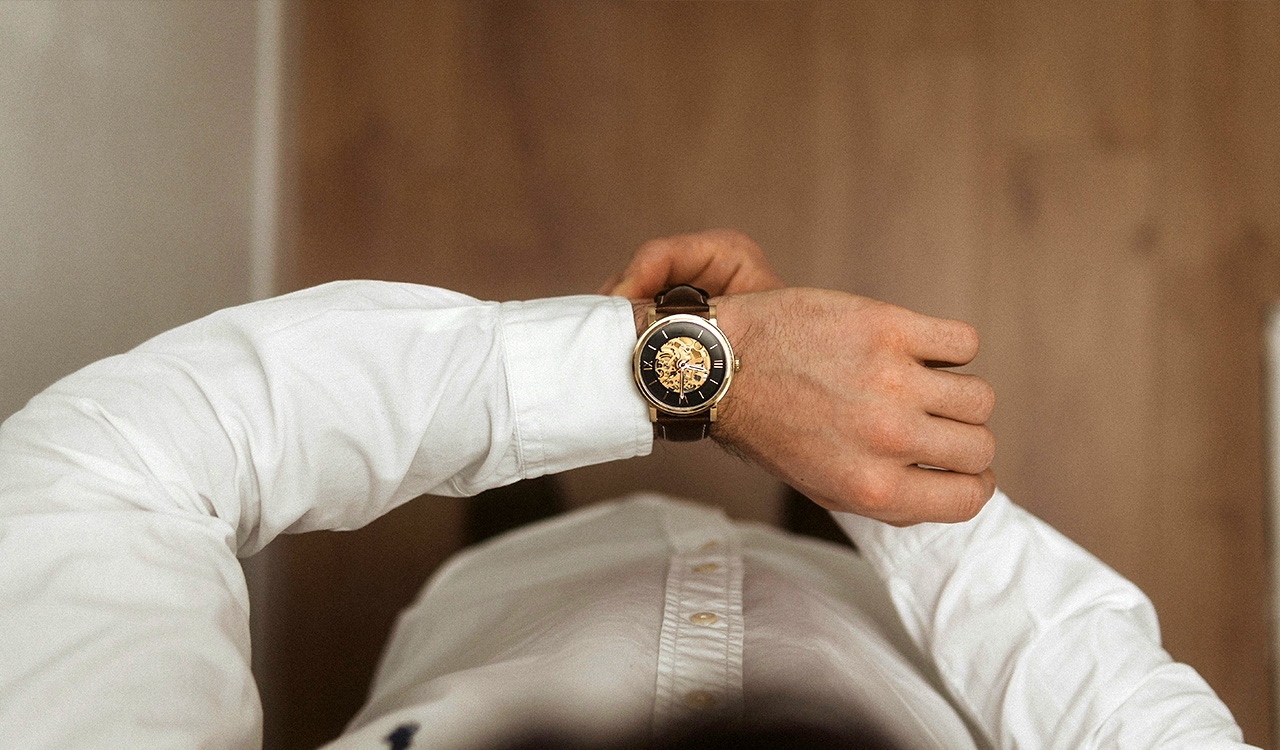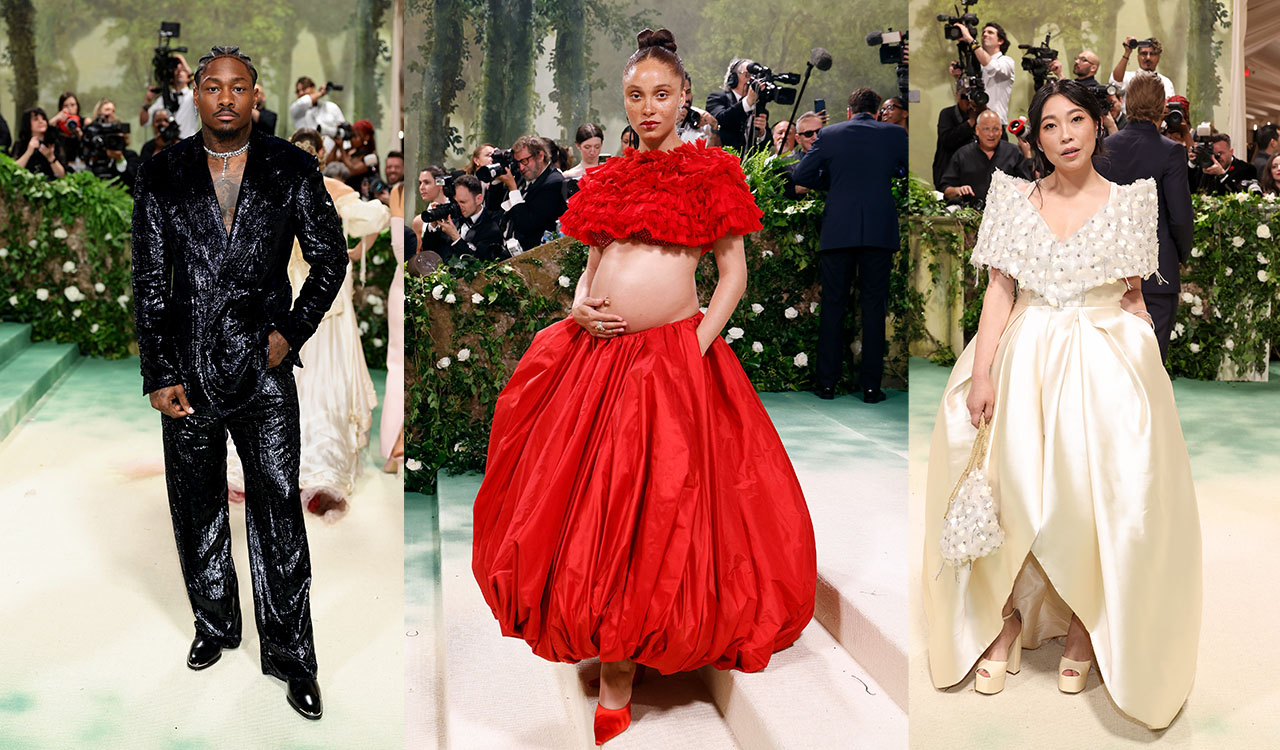Best Buy has gone through several strategic iterations not only to survive but also to flourish. CEO Corie Barry (since 2019) succeeded Hubert Joly following his very successful seven-year tenure repositioning Best Buy to compete with its two major competitors, Amazon and Walmart, who were squeezing them to death. For this iteration, Barry seems to be reversing one of the key strategic moves that Joly implemented, namely increasing in-store superior service, including associates at an Apple Genius Bar level of expertise, and leveraging its on-call Geek Squad of experts.
The jury and the numbers are still out under Barry as she sheds thousands of associates and is developing a pool of generalists (not high-level experts) able to pitch the intricacies of a wide variety of brands, technologies, and all categories housed in Best Buy. This alone is, in my opinion, a negative game-changer moving in the wrong direction.
The jury and the numbers are still out under Barry as she sheds thousands of associates and is developing a pool of generalists (not high-level experts) able to pitch the intricacies of a wide variety of brands, technologies, and all categories housed in Best Buy. This alone is, in my opinion, a negative game-changer moving in the wrong direction. The Best Buy customer needs Genius Bar-type trusted expertise.
Resurrect a Better-than-Apple Model
Almost two decades ago, Best Buy was testing three small-sized stores in the Midwest to gather data about consumer behavior in retail outlets that were distinctly different from their “big box” stores. The new stores, with names like Eq-life, Studio d and Escape, were created to help Best Buy understand how to improve the shopping experience of a new class of technology buyers and to implement those learnings into their big stores.
Apparently, what they did not envision at the time was how this test concept could be strategized as a new, and more powerful model than Apple: small stores rolled out nationally with the Best Buy nameplate. The three localized stores under the big-name banner (not unlike what Macy’s is implementing today with Marketplace by Macy’s along with Walmart, Target and other major retailers doing the same) served as a long tail of small neighborhood stores stocked with assortments based on local consumer preferences, identified through data and analytics.
Around the year 2000, Best Buy opened these neighborhood boutiques, with Studio d for 30 to 45-year-old soccer moms and tech-challenged consumers; Escape for younger tech-savvy consumers; and Eq-life for health and wellness technology products such as heart defibrillators for home use. Studio d would focus on women looking to learn more about tech products such as digital cameras and notebook PCs, while Escape would be filled with trendy video games and flashy electronics. The strategy was to customize these stores for specific niche demographics and lifestyles. And had they continued, they would likely have expanded across a multitude of niches. Each was designed and imaged differently, with customized merchandising and service strategies, and all were highly educational and experiential.
Innovation Derailed
What in the world was Best Buy thinking when they discontinued these small store concepts several years ago? Am I missing something here, folks? I don’t think so. In fact, while making my public speaking rounds during those years, I declared Best Buy as the poster child of brilliant preemptive distribution, localization and customized experiences (as I preached in
my co-authored book).
I’m assuming they almost certainly closed the initiative down because although the stores were making money, they weren’t making
enough money to justify the investment and the more complex operations (given the educational experiential and customized merchandise in these stores). Why spend time and investment on a sideshow when the main attraction in the big box was on fire with soaring double-digit growth?
However, they blew their biggest opportunity ever, occurring at just the right time to ride that meteor in the big box, while simultaneously investing those winnings in a paradigm-breaking world-class vision that would own 21
st-century retail innovation. I’m sorry, but in my opinion, they were either naïve, shortsighted or lacking vision — or maybe all three — in changing course.
Apple Took the Opportunity
If you look at Best Buy’s recent struggle to create a relevant repositioning and their quandary of where to go from here, you’ll see they are stuck again in the middle, with the internet and other discounters stealing chunks of their business.
Even more confounding and ridiculously blind on the part of Best Buy, it appears, is the fact that Apple has only one brand to offer its customers (of course it seems that’s all they need at this point), but Studio d, Escape and Eq-life would have provided consumers a broad selection of many brands and likely several of their own.
Further, Apple has a predictable mono design and experience (admittedly fantastic). But the niche strategy discarded by Best Buy would have different
niche-friendly designs and experiences, making local stores relevant to local customers. The techy geeks could settle into the hip, industrial vibe atmosphere of Escape where they could check out the edgiest gadgets, games and whatever customized line mix that fit their niche preferences.
The Studio d soccer mom would find a softer, more sensible touch. Subtler lighting, warm, home-like displays and what Best Buy called a “please touch” environment, all enveloped this niche in a feeling of intimacy. These stores had solution-based merchandising stations, classrooms, a gallery, web experience, and community outreach programs. Everything about the layout, merchandise, staff, and educational programs focused on learning and building interaction among the store associates and themselves.
Once a Pioneer
Best Buy courageously stepped out of the box, so to speak, 20 years ago and hired the world-class, award-winning designer Edwin Schlossberg and his firm ED|SI Design to help bring the collaborative public experience concept to market. Best Buy was ahead of its time but couldn’t sustain its leadership role.
Need I say more? Yes. One more blockbuster observation: Had Best Buy continued to pursue this strategy, they might have had national chains of four or five niche boutique brands in local neighborhoods (preemptive distribution and great experiences). This long tail of local stores could have brought market insights into their big box stores. Best Buy could have embedded these boutique concepts into the big box creating an exciting bazaar marketplace. They could have become a must-go destination. It would have been a brilliant strategy to get their mojo back.
What a shame!! But hey, there is always time to pivot – to iterate once again. I say, resurrect the innovative model you created so well when you were ahead of the curve and give everyone else a run for their money.




